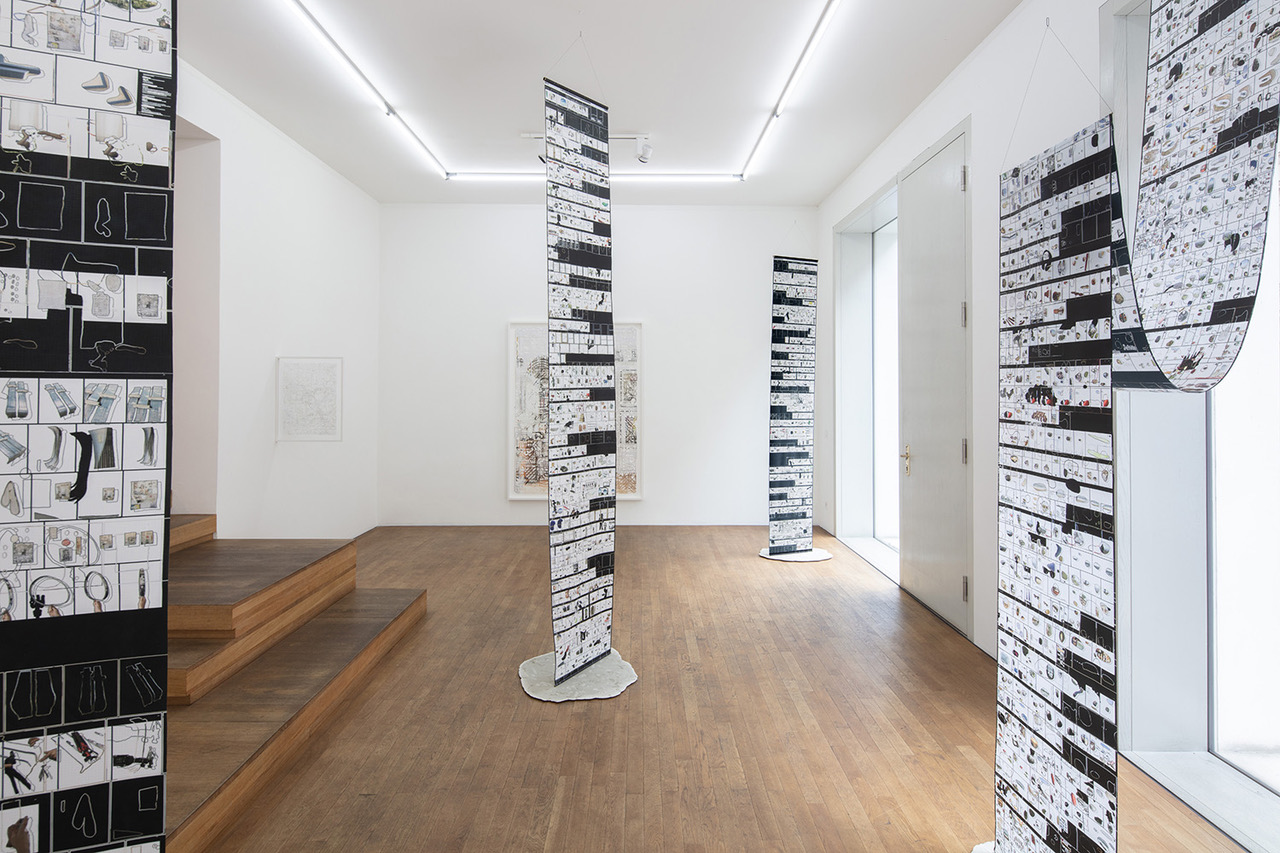Born 1985 in Frankfurt, Lilly Lulay studied photography, sculpture and media sociology in Germany and France. Her works examine photography as a cultural tool that forms an integral part of daily life.
Perfectly aware of today’s overproduction of images, Lulay uses her own and other people’s photographs as “raw material”. Applying a variety of techniques, that range from laser cutting to embroidery, installation to collage, Lulay turns photographs into palpable objects. With her work, she investigates the influence the photographic medium has on social behavior and mechanisms of individual and collective perception.
The media with which we produce and consume the most images today is the smartphone. It is an interface or a junction between the private and the public sphere. The world comes to us through a small screen in our pockets − and through this digital frame, we show ourselves to the world. The layouts of apps like Instagram and Facebook have become the architecture inside which we meet our friends. Yet as we interact with our touchscreens, we never physically touch the objects, people and places we perceive. In order to point on this discrepancy my works combine objects with various material and haptic qualities. Based on image material from the online and the offline world I create fragmentary, semi-transparent and double-sided images. My works invite the beholder to take a look beyond the rectangular surfaces with which screens and photo prints confront us. They address questions of (in)visibility and (in)transparency within the new economy and culture of smartphone photography.
For her photo-based works, Lilly Lulay has won several prizes and scholarships such as, 2019 Stiftung Kunstfonds grant, 2018 Foam Talent Award, 2017 Olympus recommended fellowship in cooperation with Foam Amsterdam, Deichtorhallen Hamburg, Fotografie Forum Frankfurt, 2015 IEPA residency grant, 2013 Künstlerhilfe Frankfurt scholarship, and 2012 Deutsche Börse-HfG Offenbach photography prize. Lulay’s works form part of private and public collections such as George Eastman Museum Rochester, Fondazione Fotografia Modena, Deutsche Börse Photography Foundation Frankfurt, Art Collection DZ Bank Frankfurt as well as Artothèques in Pessac, Pau and Limoge, France. Her works have been shown in these institutions as well as at Aperture New York, Die Ecke Santiago de Chile, Ballarat Foto Biennale Australia, Beaconsfield London, Foam Next Door Amsterdam, Festival Circulations Paris, Benaki Museum Athens, and Museum für Konkrete Kunst Ingolstadt and other venues.
Visit our Instagram Learn more about this artist

